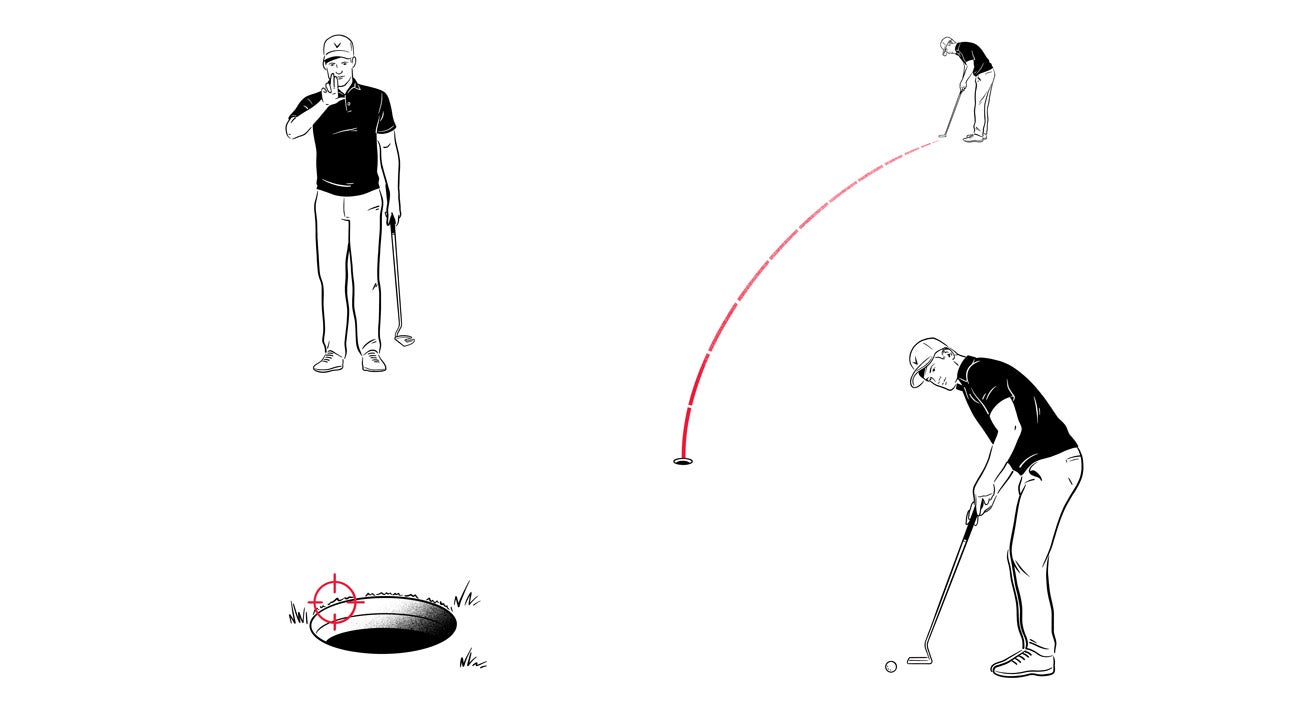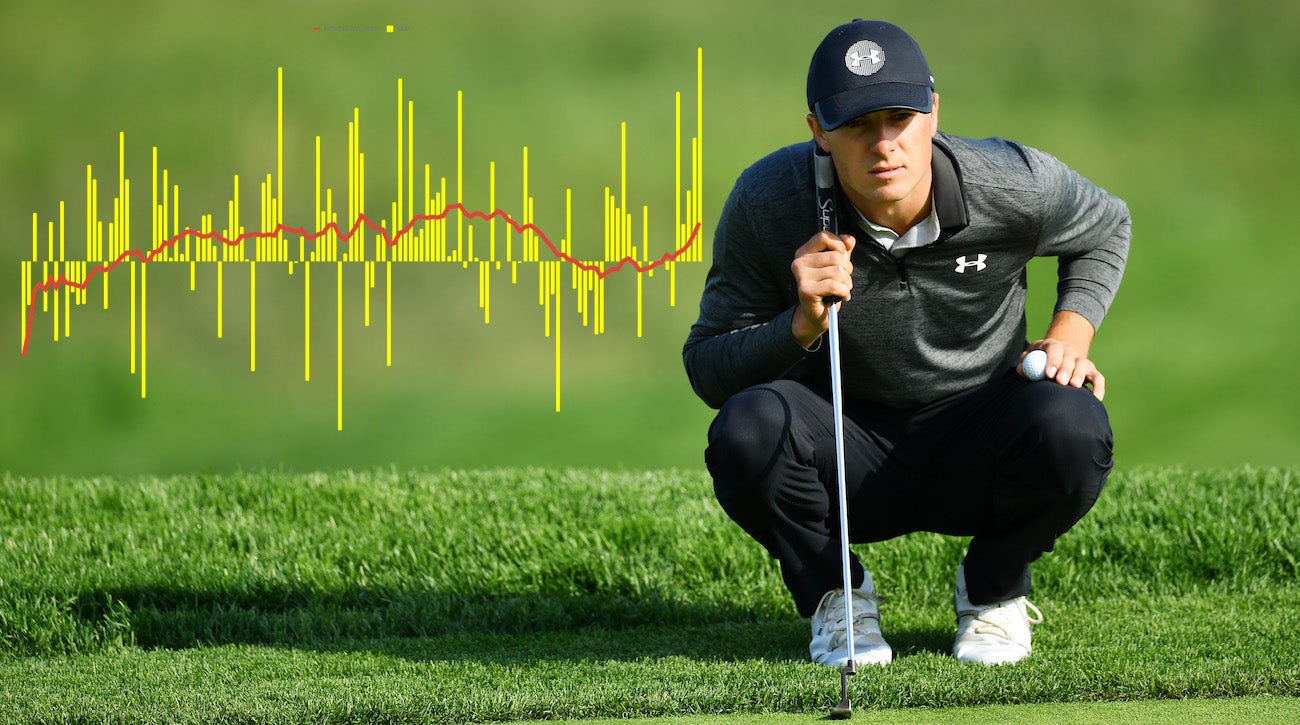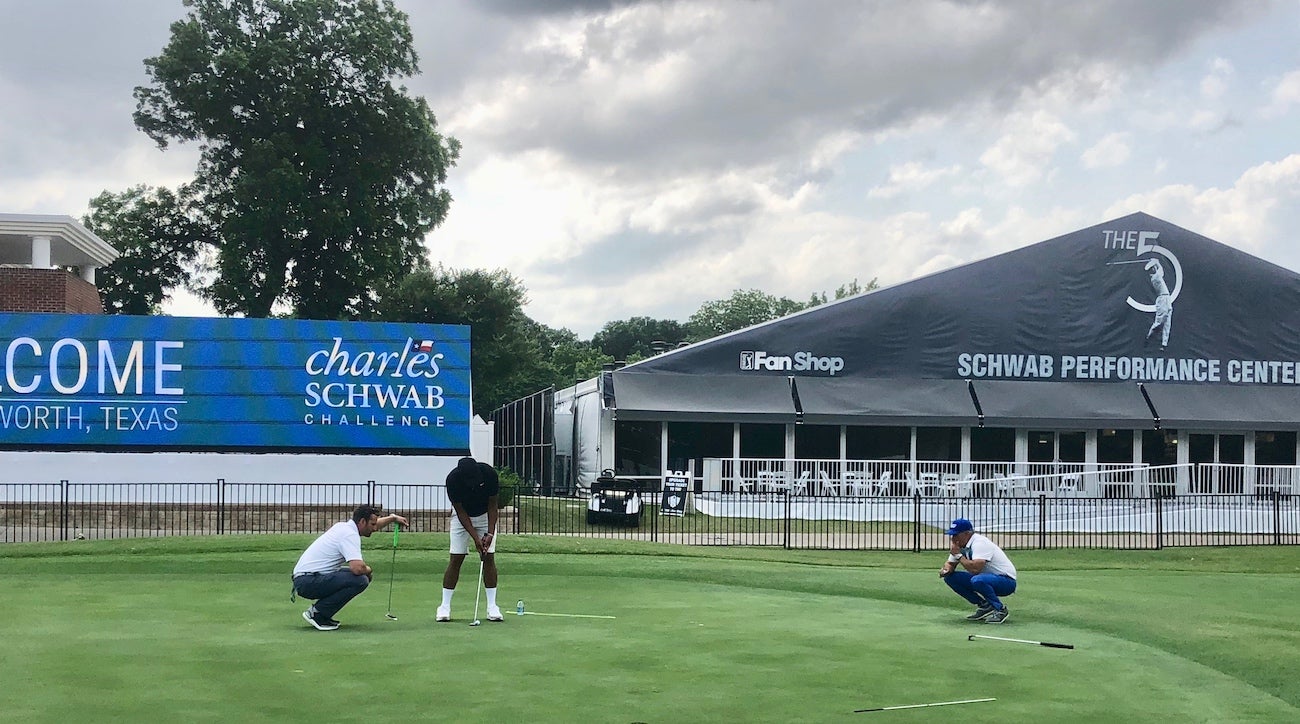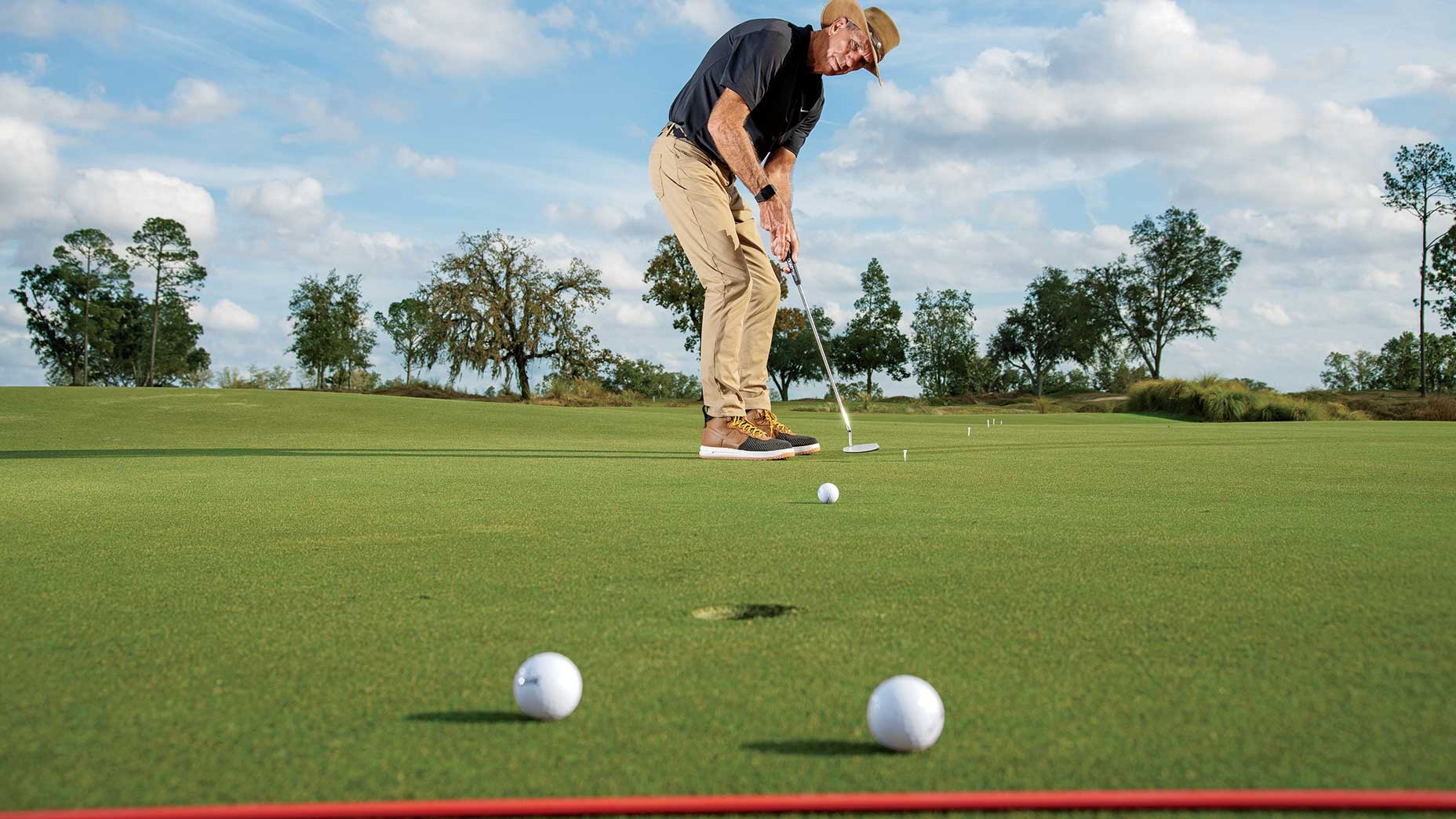 Seve Ballesteros’ brilliant tip for hitting putts with perfect speed
Seve Ballesteros’ brilliant tip for hitting putts with perfect speed
David Orr dishes on the keys to improving your putting quickly

David Orr has helped countless pros (we know of at least 50) rise up the ranks, including Justin Rose, who ascended all the way to World No. 1. Orr’s Tour-proven methods work for weekend players, too, so take notes, listen closely and get ready for the makes to pile up.
GOLF: You’re at the top of the putting instruction game. How did we get here?
DAVID ORR: It’s been quite a roller-coaster ride. I didn’t go into this with the goal of teaching Tour players. I just wanted to study putting. After college, I started taking some graduate level biomechanics classes that dealt with kinematics and kinetics, looking into angle of motion and how it relates to putting. Meeting David Edel and learning about his theories on aim was a watershed moment, though. I ate it up, and we eventually began collaborating and presenting. By the time I met Justin Rose, in 2011, I had amassed 20-plus years of data on different putting strokes. Then Rose helped Team Europe to a Ryder Cup win in 2012 and bagged the U.S. Open the following year. That’s when my life changed.
GOLF: After all these years gathering research and applying it at the top level, what have you learned?
DO: That it really always depends on the player. I don’t teach a system or a method at all. There’s not a perfect pattern to copy. Everybody has their own things that they need to work on individually, even Tour players. I don’t think the public really understands how good these guys are. But even the best putters in the world get into funks where they can develop some bad mental habits, just like a high-handicapper. That’s the one thing that’s very important to understand — everybody has their own pattern. You should learn your own stroke when it’s good and when it’s off, then how to adjust and fix it.
GOLF: That makes sense. But are there constants that apply to every golfer, regardless of their own unique needs?
DO: Dr. Christian Marquardt, the inventor of SAM PuttLab, really influenced my thinking on this. Basically, there are six key fundamentals: setup, direction, path, launch, rotation and movement dynamics (timing and acceleration). When you know those six, you can start to troubleshoot. If you’re hitting putts at the right speed but they’re moving in the wrong direction, you’ll need to focus on how your face and path are working together. It doesn’t necessarily need to be square. If you look at Tiger Woods, he works the putter open-closed, but most players keep it relatively neutral. How the player gets the face squared at impact is important.
ADVERTISEMENT
GOLF: Is there a persistent mistake that you see golfers make when they come see you?
DO: Absolutely. It’s bad green-reading. Recreational golfers are misreading the break direction and misreading the break amount by such wide margins that it makes it almost impossible for them to perform well. I always ask at seminars and conferences around the world, “How much time have you spent practicing your putting this week?” The typical answer is none to 30 minutes. If you want to improve, take some extra time to understand slopes and how they affect your putting. I’m a big proponent of AimPoint and would encourage golfers to learn it. A little extra time can go a long way.
GOLF: Golfers seem to be fascinated with putting grips. Do you have any advice for golfers considering a grip change?
DO: The number one thing they need to decide is which grip style makes them feel the most coordinated. Which one makes it easiest for them to move the putter in an efficient manner? I teach a lot of people a conventional reverse-overlap grip, but if they’re left-handed playing right-handed or are more coordinated with their left side, I might have them take a look at a lead-hand low. The claw is very good for players whose right hand gets a little twitchy. It really all comes down to what makes you feel more coordinated.
GOLF: What’s your best piece of advice for golfers struggling on the green?
DO: It’s funny. I was walking with Justin Rose and Sean Foley once, and Sean turned to me and said, “You know, if Rosie misses a fairway it’s no big deal. If Rosie misses a green, it’s no big deal. But if he ever misses a four-footer, it’s a big deal.” It’s so true. In putting, there are so many expectations that it’s easy to get angry or frustrated. I love Bill Belichick’s mantra with the New England Patriots: “Just do your job.” Yours, as a golfer, is to correctly read greens. To set your target. To perform your pre-putt routine. To visualize your putt. Have a post-putt routine, and understand that you’re not going to make every putt, because there’s variance involved. Performing these jobs helps you manage expectations. Not only that, it lets you execute at your highest level.
To receive GOLF’s all-new newsletters, subscribe for free here.
ADVERTISEMENT






